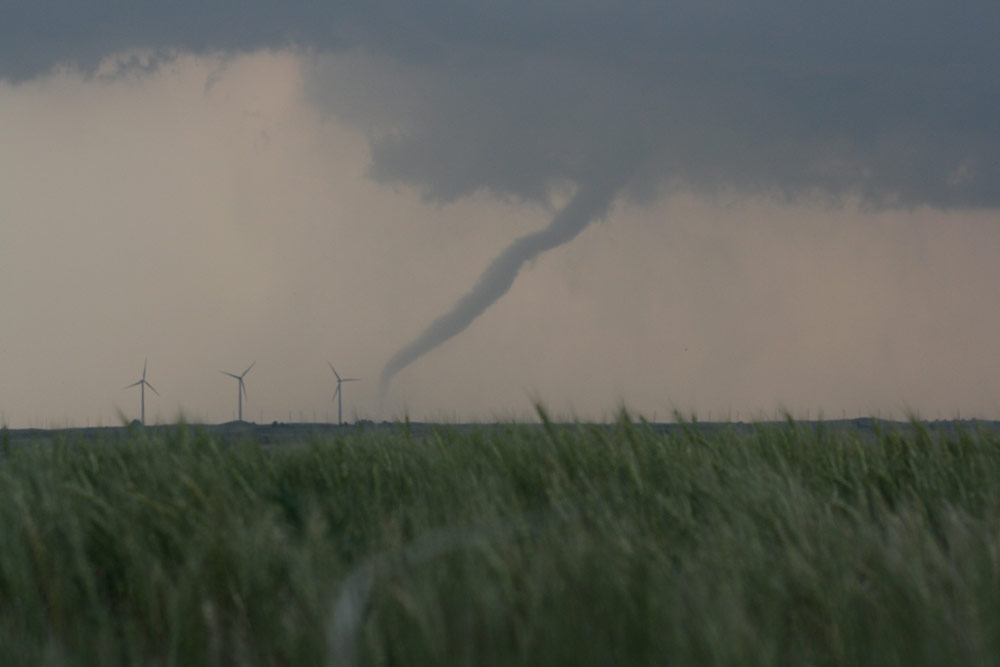It Won't Happen to Me: Even Tornado Victims Have Skewed Sense of Risk

You would think the direct experience of a natural disaster might serve as a wake-up call, raising individuals' awareness of their own vulnerability to future threats. But people who have survived a tornado still don't think they are as likely as their peers to fall victim to another twister, the results of a survey found.
The study was inspired by an April 2006 EF-2 tornado that carved a path of destruction in Iowa City, where Jerry Suls, a psychologist at the University of Iowa, lives. "It was hard not to think about future weather disasters while helping with the clean-up in the following weeks," Suls said in a statement.
His team surveyed both students and community residents one month, six months and a year after the storm to gauge their outlook about future disasters. The researchers asked questions designed to measure perception of absolute risk (for example, "How likely, from a statistical or scientific point of view, is it you would experience a tornado injury in the next 10 years?") and comparative risk (for example, "How likely is it you will be injured by a tornado in the next 10 years, compared with the average Iowan?").
The participants' estimates of their absolute risk got more optimistic over the course of the three surveys, the researchers said. But throughout the study, most people in Iowa City thought they would be less vulnerable to a tornado than their fellow Iowans.
The researchers say their results could explain why many people don't evacuate in the face of storms. "People tend to maintain an optimistic view, particularly with regard to their fate compared to other people," Suls said.
Interestingly, the tornado did little to shake the optimism of people directly affected by it. In fact, those living in neighborhoods damaged by the twister were more optimistic for the first six months than those in undamaged areas. [12 Twisted Tornado Facts]
"We speculate that for a while, they felt 'lightning wouldn't strike twice in the same place,'" Suls said. "A year later, their optimism was comparable to the people in the undamaged neighborhoods."
Get the world’s most fascinating discoveries delivered straight to your inbox.
Though survey participants might not have been as realistic about their relative vulnerability, they actually overestimated the real threat of injury in a tornado. While people on average thought they had a 1 in 10 chance of being hurt by future tornadoes, the real risk is less than 1 in 100, the researchers said.
The research was detailed online Friday (March 1) in the Personality and Social Psychology Bulletin.
Follow LiveScience @livescience, Facebook or Google+.



